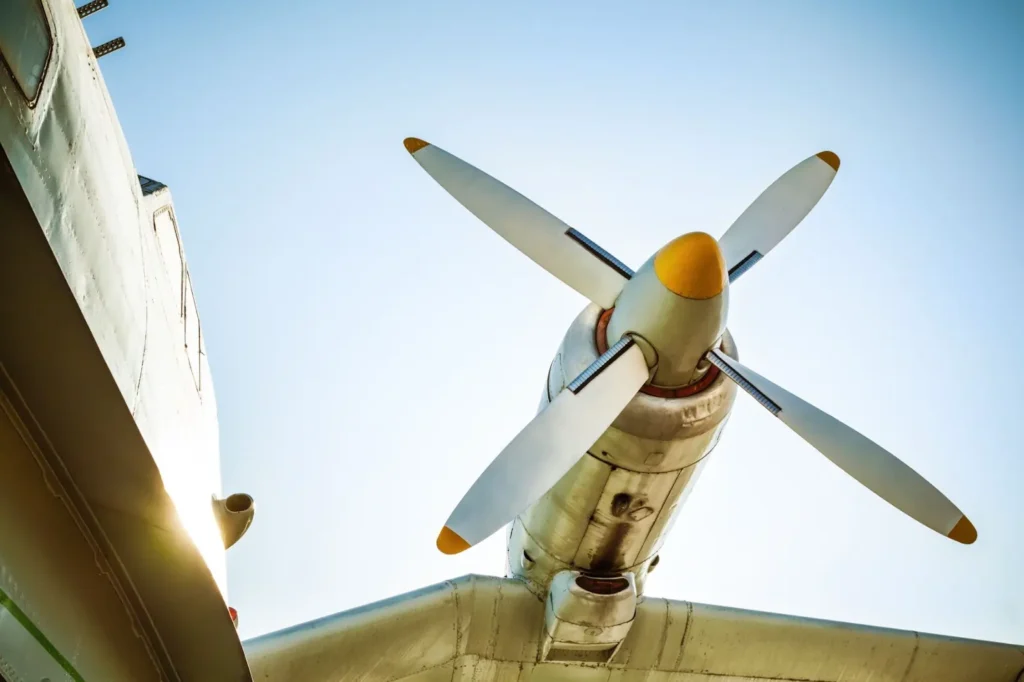As an esteemed flight training organization in Alaska, Fly Around Alaska recognizes the importance of understanding the benefits of different aircraft types. This blog post will explore the advantages of multiengine airplanes and their significance for pilots.
By highlighting the benefits of multiengine aircraft, we aim to provide aspiring pilots with valuable insights into the advantages of flying these advanced aircraft.
Enhanced Safety and Redundancy [2]:
One of the key benefits of multiengine airplanes is their increased safety and redundancy.
Multiple engines provide a backup in case of an engine failure, ensuring the aircraft can continue to fly safely.
This redundancy is particularly advantageous during critical phases of flight, such as takeoff and landing. Pilots can rely on the remaining engines to maintain performance and maneuverability, enhancing overall safety.
Improved Performance and Capability [4]:
Multiengine airplanes typically deliver superior performance compared to single-engine aircraft. The additional power provided by multiple engines allows for faster climb rates, higher cruise speeds, and improved overall aircraft performance.
These advantages enable pilots to operate more efficiently, reduce flight time, and access remote or challenging destinations easily. Multiengine aircraft are well-suited for long-range flights, adverse weather conditions, and operations over rugged terrain.
Increased Payload and Capacity [3]:
Multiengine airplanes offer greater payload capacity and the ability to carry more passengers or cargo. With multiple engines, these aircraft are designed to handle heavier loads and accommodate larger cabins.
This advantage makes multiengine airplanes ideal for commercial aviation, air taxi services, regional transportation, and cargo operations. Pilots can transport more passengers or goods efficiently, expanding their operational capabilities.
Training and Career Advancement Opportunities [1]:
A multi-engine rating opens up various training and career advancement opportunities for pilots.
With a multiengine rating, pilots can fly aircraft with more than one engine, including high-performance and complex aircraft. This certification is often required for pursuing advanced ratings such as the Airline Transport Pilot (ATP) certificate and opens doors to various aviation careers, including commercial aviation and corporate flying.
Reduces Workload and Increases Pilot Confidence [8]:
Multiengine airplanes, with their advanced systems and redundancy, can help reduce the workload on pilots. The distribution of tasks between multiple engines allows for more manageable engine management and reduces the mental load on pilots during flight.
This increased ease of operation contributes to pilot confidence and enables them to focus on other critical aspects of flight, such as navigation, communication, and situational awareness.
Conclusion:
Multiengine airplanes offer numerous benefits for pilots, including enhanced safety, improved performance, increased payload capacity, and expanded career opportunities.
As a specialized flight training organization, Fly Around Alaska provides comprehensive training on multiengine aircraft, equipping pilots with the skills and knowledge necessary to operate these advanced aircraft safely.
Contact us today to begin your journey towards becoming a skilled and confident pilot and experience the advantages of flying multiengine airplanes with Fly Around Alaska, where safety and excellence are our top priorities.
